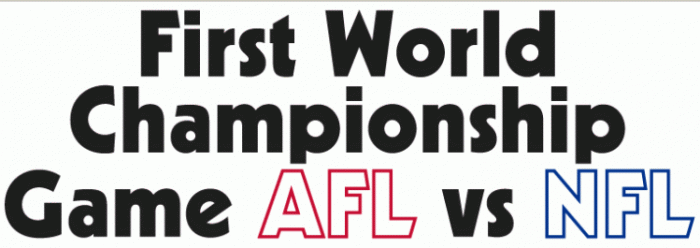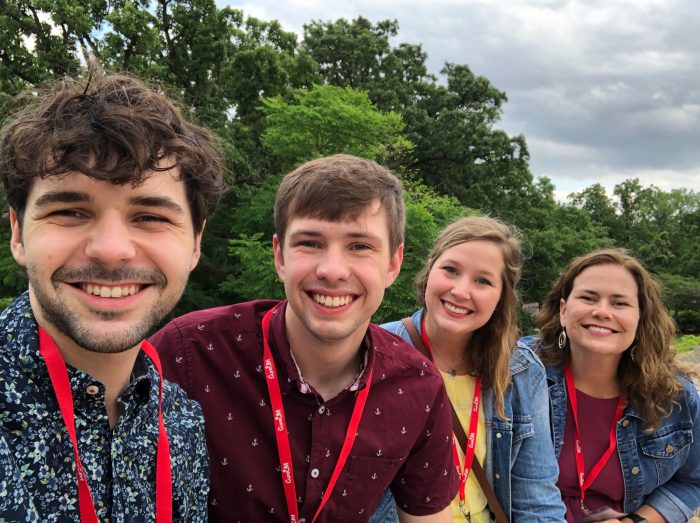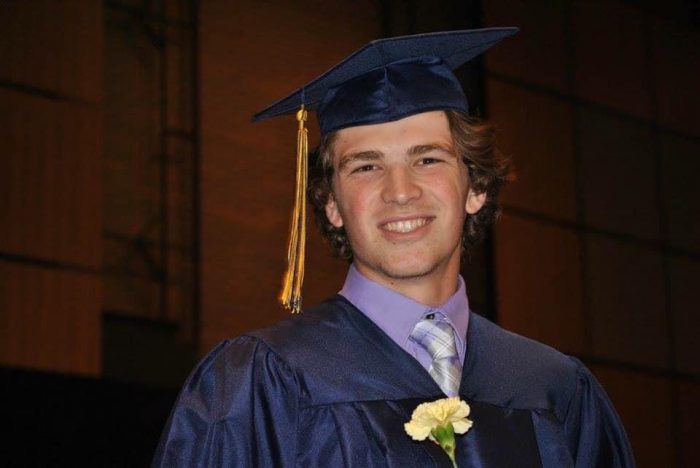
In 1967, pro football was in a rare space in the sports landscape.
In some ways, it was considered the most popular sport in the United States. On the other, the Super Bowl was a new kind of sporting event. In a way, it is the first modern sporting spectacle. At the time of the first game, all of the biggest events on the sporting calendar were long-established, tradition-heavy events – the World Series, the Kentucky Derby, the Indianapolis 500, the Rose Bowl.
The week after the AFL and NFL championship games, the cover of the January 9 edition of Sports Illustrated featured a photo of Bart Starr leading the Packers to victory over the Dallas Cowboys. But a week later, the week leading up to the first Super Bowl, an issue that came out three days before the game, featured Lynn Tindall in a bathing suit. It was the magazine’s annual swimsuit issue.
More than 1,000 media credentials were issued for the game, including 338 for newspaper reporters. NFL commissioner Pete Rozelle – a former public relations executive – gave his PR staff $250,000 to spend on the media. “I don’t care how you spend it,” he told one of his staffers. “But when the news media leaves, I want them to be talking about all the things we did that they don’t do at the World Series.”
The reporters descended on Los Angeles in the week leading up to the game. With more than 1,000 credentialed media members covering the game, players dealt with far more reporters than they used to. Coverage was informal and relaxed. Rather than having formalized press conferences or availability sessions, reporters went to the team hotel to have meals with players or to visit them in their hotel rooms. Vince Lombardi conducted interviews in a small conference room at the team’s hotel in Santa Barbara – the coach didn’t need a microphone to be heard by the 30 or so reporters there. The Kansas City Chiefs stayed in Long Beach, where flamboyant defensive back Fred “The Hammer” Williams entertained reporters with boastful predictions and demonstrations of karate moves right in the lobby of the team’s hotel.
The coverage of the game reflected sports journalism’s practices of the time, in that the game stories were primarily play-by-play descriptions rather than any analysis, and that stories tended to reflect one team’s point of view rather than have both teams represented.
What’s noteworthy is that for all the access reporters had, for the way they met players and coaches for meals, at their hotel rooms and in informal interview sessions, that wasn’t reflected in the coverage. Stories didn’t contain few quotes, and only from one or two players in a given story. Many of them felt formal, as if the writers were keeping a distance – which is at odds with the relaxed nature of the player-reporter relationship. Although sports journalists were becoming more independent from the teams, there was still a sense of boosterism in some of the coverage.
The coverage in The Washington Post (home paper for the NFL’s Redskins) was decidedly slanted in favor of the Packers. Coverage in the Oakland Tribune (home paper for the AFL’s Raiders) had a pro-Chiefs’ slant to it.
Dr. Brian Moritz, also known as the Sports Media Guy, is an assistant professor at SUNY-Oswego. For more of Brian’s work, check out his website at https://www.sportsmediaguy.com/


